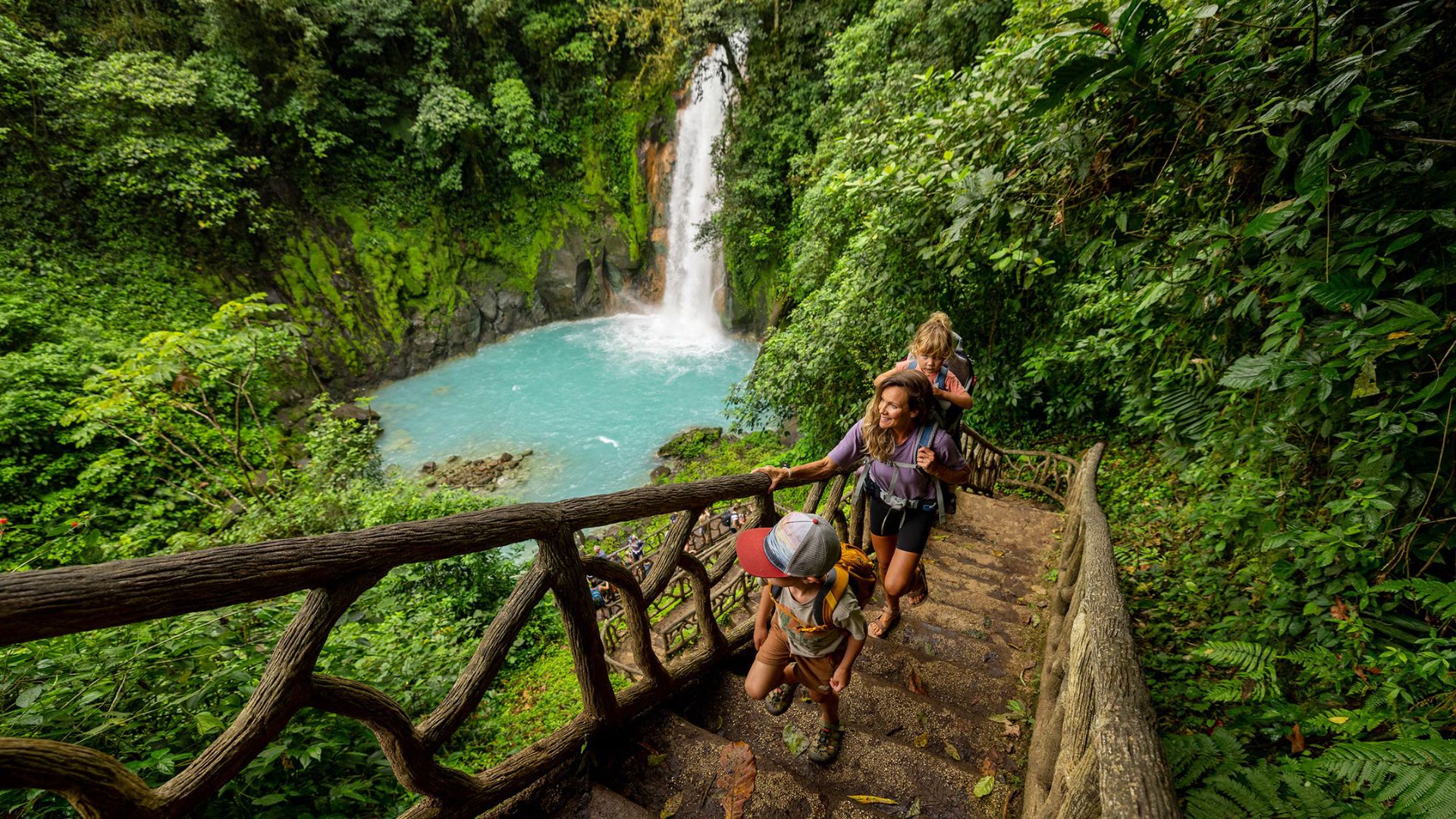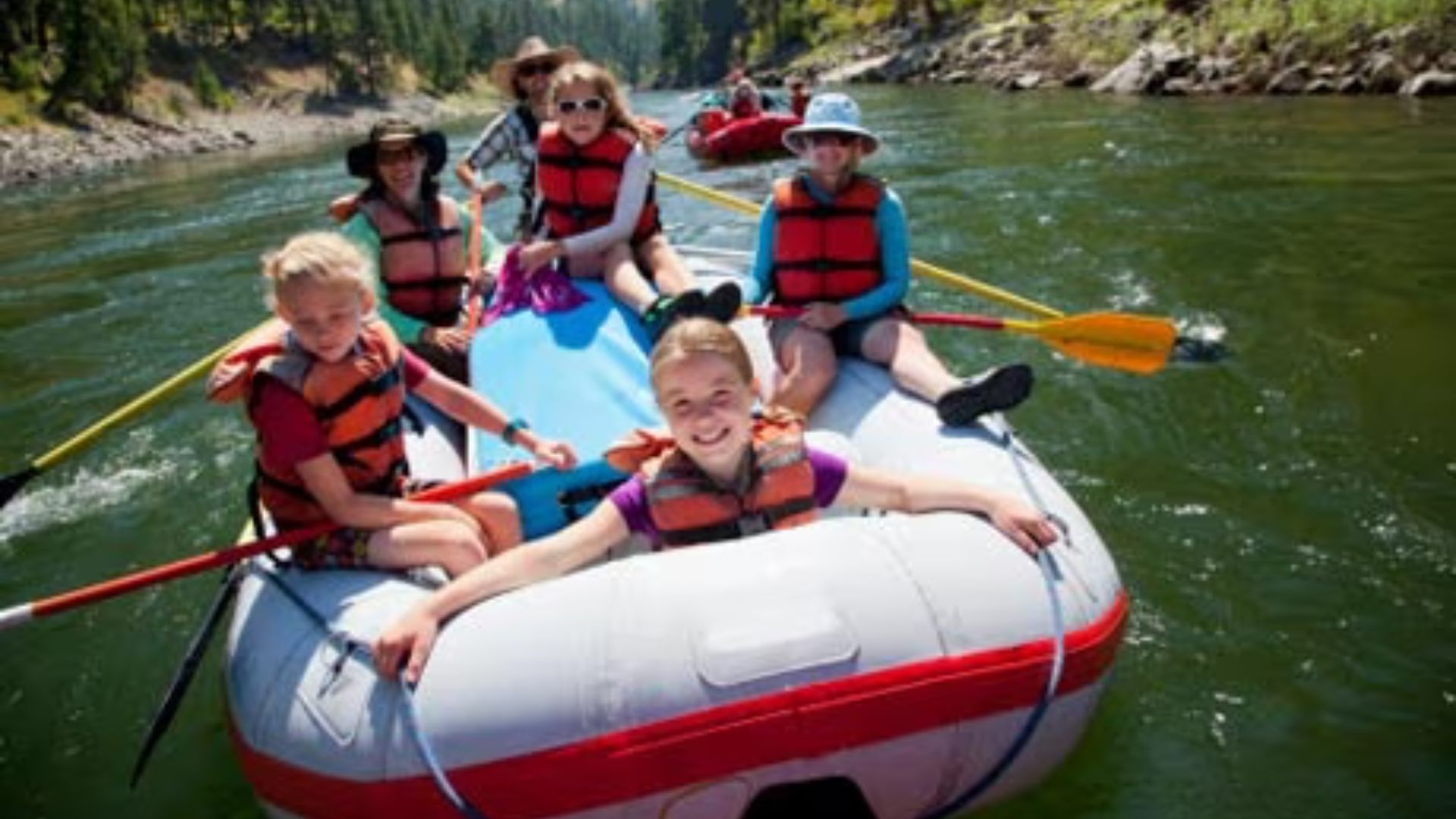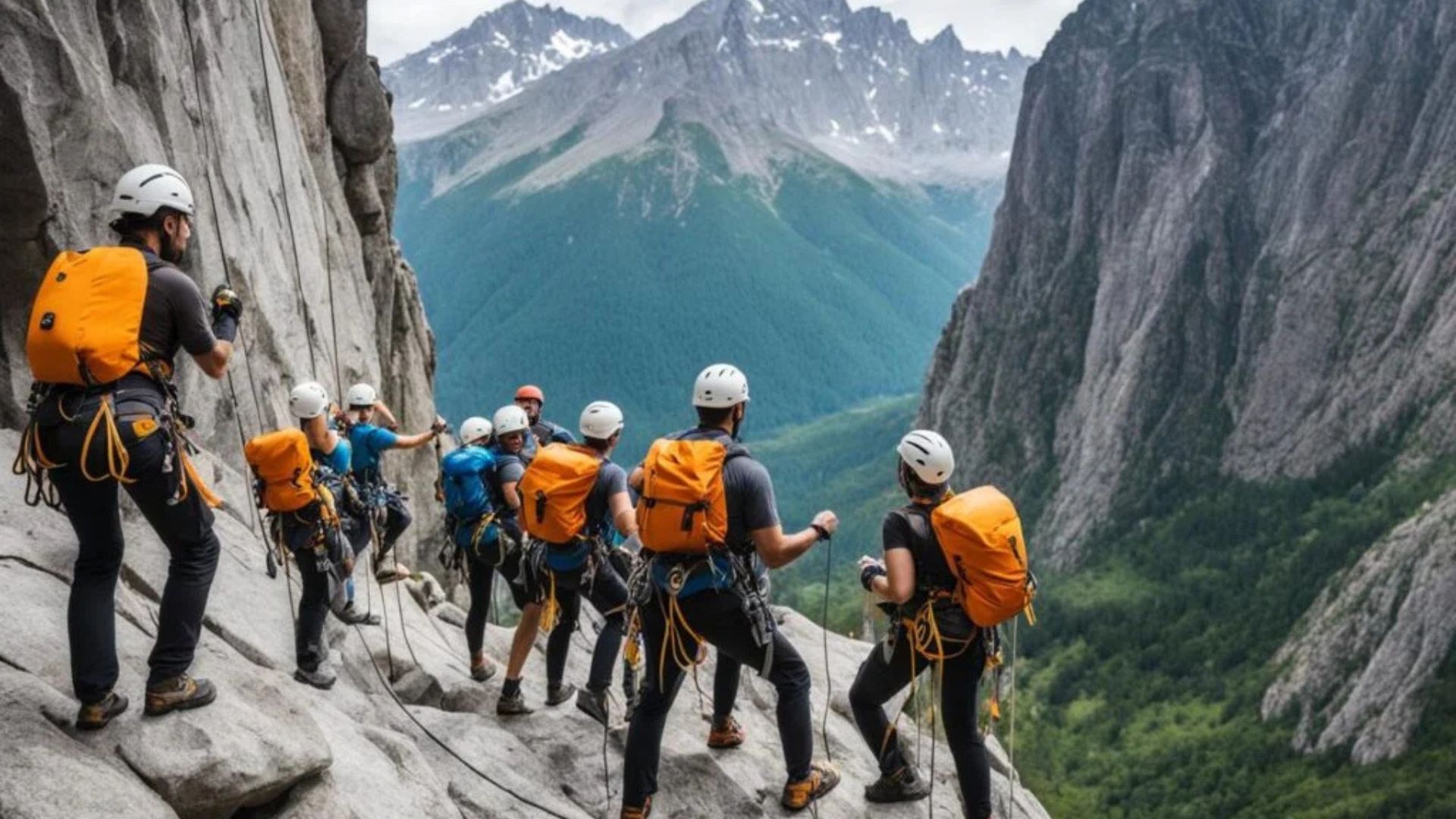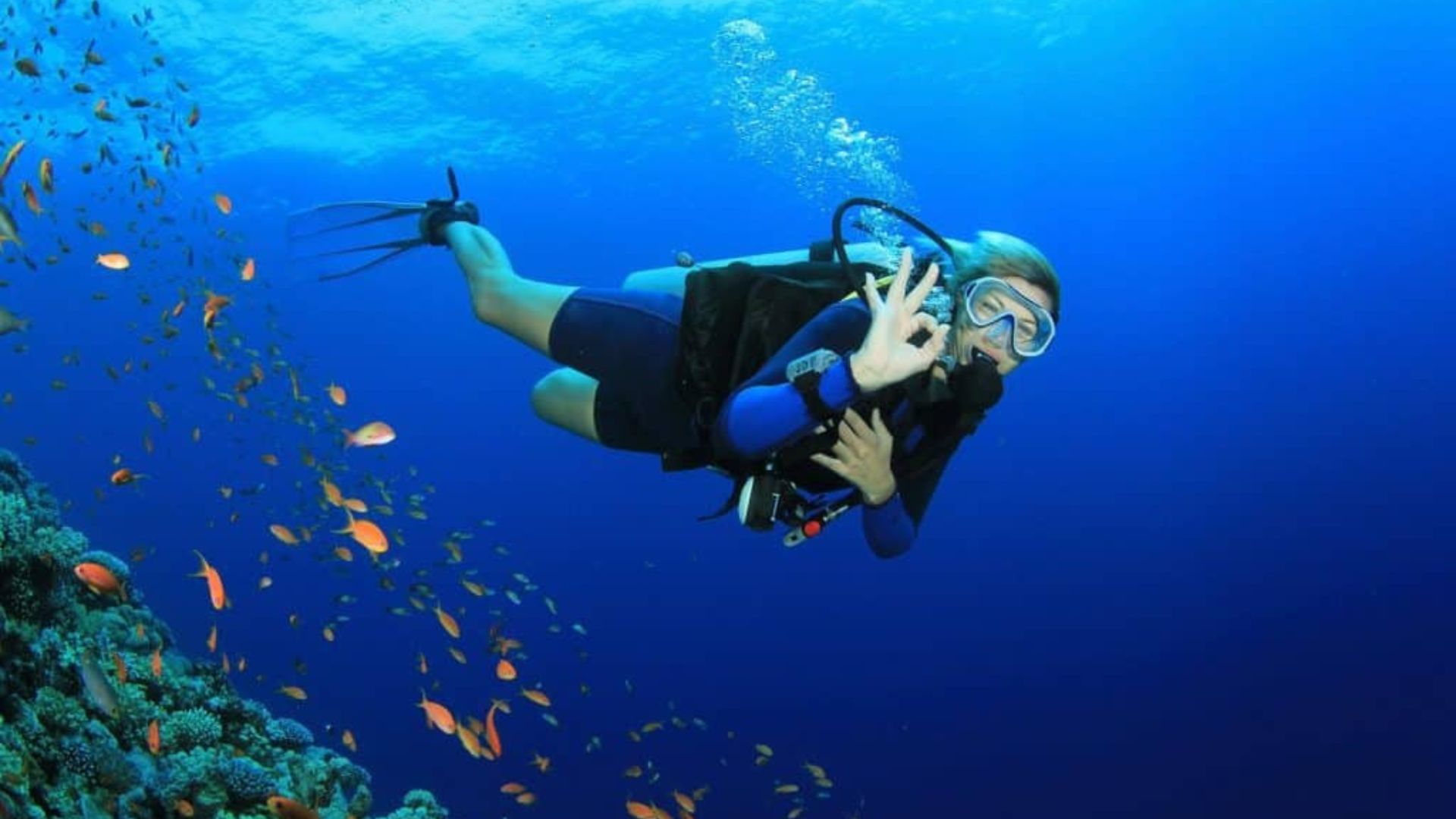Paragliding is an exhilarating adventure sport that allows you to soar through the skies with the freedom of a bird. Whether you’re looking for an adrenaline rush or a peaceful glide over scenic landscapes, paragliding is an unforgettable experience. If you’re new to the sport, this guide covers everything you need to know, from basic equipment to safety tips and training.
1. Understanding Paragliding
Paragliding is a form of free-flying where a pilot uses a lightweight, fabric wing to glide through the air. Unlike skydiving, where you jump from an aircraft, paragliders take off from hills or mountains and rely on air currents to stay aloft.
Types of Paragliding:
-
Tandem Paragliding – A beginner-friendly option where you fly with an experienced pilot.
-
Solo Paragliding – Requires training, where you learn to launch, steer, and land on your own.
-
Powered Paragliding (Paramotoring) – Uses a motor to assist with takeoff and flight.
2. Essential Equipment for Paragliding
To ensure a safe and smooth flight, you’ll need the right gear.
Basic Paragliding Equipment:
✔ Paraglider Wing – The fabric canopy that lifts you into the air.
✔ Harness – A seat-like structure that attaches you to the wing.
✔ Helmet – A must for protecting your head during takeoff and landing.
✔ Reserve Parachute – A backup in case of emergencies.
✔ Variometer – Measures altitude and vertical speed.
✔ Gloves and Boots – Protect against cold and rough terrain.
3. Learning to Paraglide: Training and Certification
Before taking to the skies on your own, proper training is essential.
Steps to Learning Paragliding:
-
Enroll in a Certified Paragliding School – Choose an instructor certified by an international paragliding organization like USHPA (USA) or BHPA (UK).
-
Ground Training – Learn about equipment, safety procedures, and how to control the wing.
-
First Short Flights (Bunny Hops) – Practice taking off and landing on small hills.
-
Controlled Solo Flights – Under instructor supervision, you’ll perform longer flights.
-
Obtain Your Certification – Depending on your country, you may need a certification before flying alone.
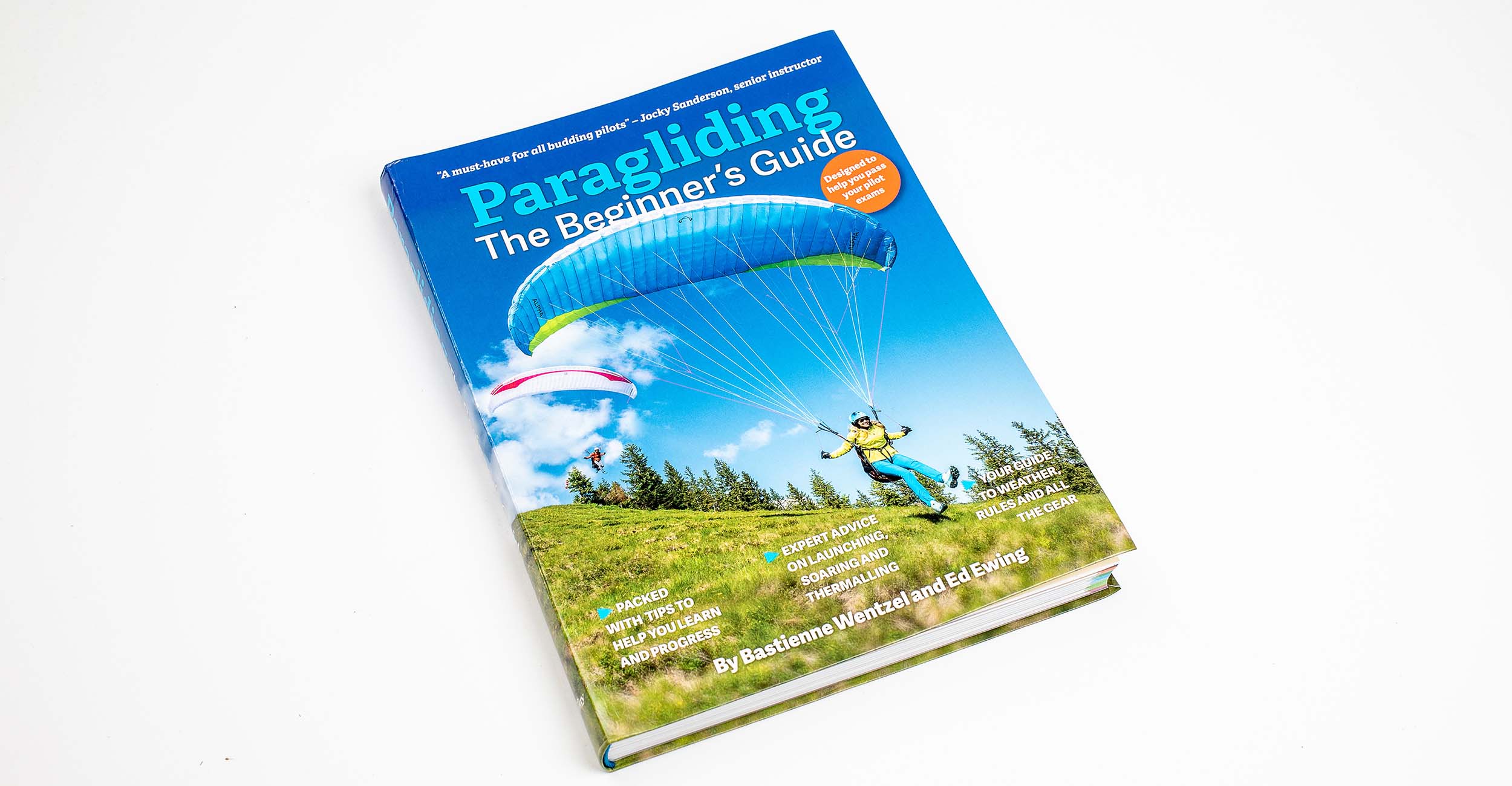
4. Choosing the Right Location for Your First Flight
Your first paragliding experience should take place in a beginner-friendly location.
Best Conditions for Beginners:
-
Gentle Slopes – Easier takeoff and landing.
-
Stable Weather – Low wind speeds and clear skies.
-
Popular Training Sites – Areas known for their safe flying conditions.
Top Paragliding Destinations for Beginners:
-
Interlaken, Switzerland
-
Oludeniz, Turkey
-
Queenstown, New Zealand
-
Bali, Indonesia
-
Cape Town, South Africa
5. Safety Tips Every Beginner Should Follow
Paragliding is generally safe when done correctly, but risks exist.
Essential Safety Tips:
✔ Always check weather conditions before flying.
✔ Never fly alone—have a spotter or instructor nearby.
✔ Perform a thorough equipment check before takeoff.
✔ Maintain proper body posture for stability.
✔ Avoid flying in turbulent conditions or near obstacles.
✔ Carry a reserve parachute and know how to deploy it.
6. How to Launch, Control, and Land Safely
Launching Your Paraglider:
-
Face into the wind and slowly inflate your wing.
-
Run forward while controlling the wing’s position.
-
Gently lift off the ground as the wind carries you.
Steering in the Air:
-
Use the brake toggles to control turns.
-
Shift your body weight to adjust direction.
-
Watch for thermal currents to extend your flight.
Landing Your Paraglider:
-
Choose an open, obstacle-free landing zone.
-
Reduce speed gradually before touching down.
-
Keep your legs slightly bent to absorb impact.
7. What to Expect on Your First Solo Flight
Your first solo paragliding experience can be nerve-wracking, but knowing what to expect will help.
First Flight Checklist:
✔ Arrive early and check equipment.
✔ Follow your instructor’s guidance.
✔ Perform a practice run before takeoff.
✔ Stay calm and enjoy the ride!
8. Progressing in the Sport: What’s Next?
Once you’ve mastered the basics, you can take your skills further.
Advanced Paragliding Skills:
-
Cross-country paragliding (long-distance flying).
-
Acrobatic maneuvers like wingovers and spirals.
-
Competition flying in paragliding races.
-
Paramotoring for powered flight adventures.
Conclusion
Paragliding is a thrilling yet accessible adventure sport for those willing to learn. With proper training, the right equipment, and a focus on safety, you can experience the joy of soaring through the skies. Whether you start with a tandem flight or jump into solo training, each step brings you closer to mastering this incredible sport. Ready to take the leap?







